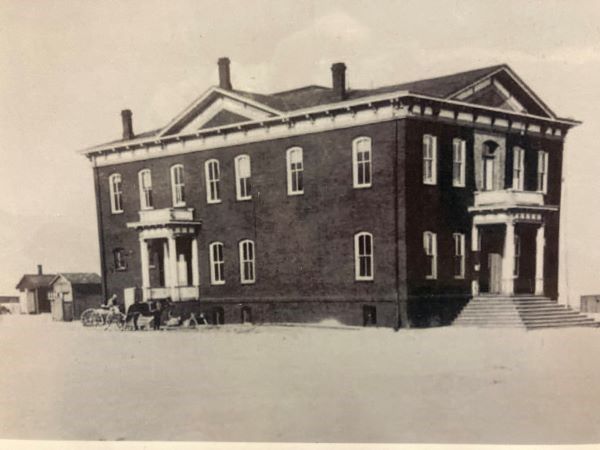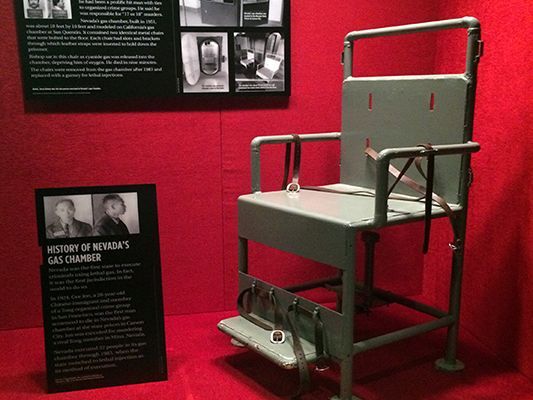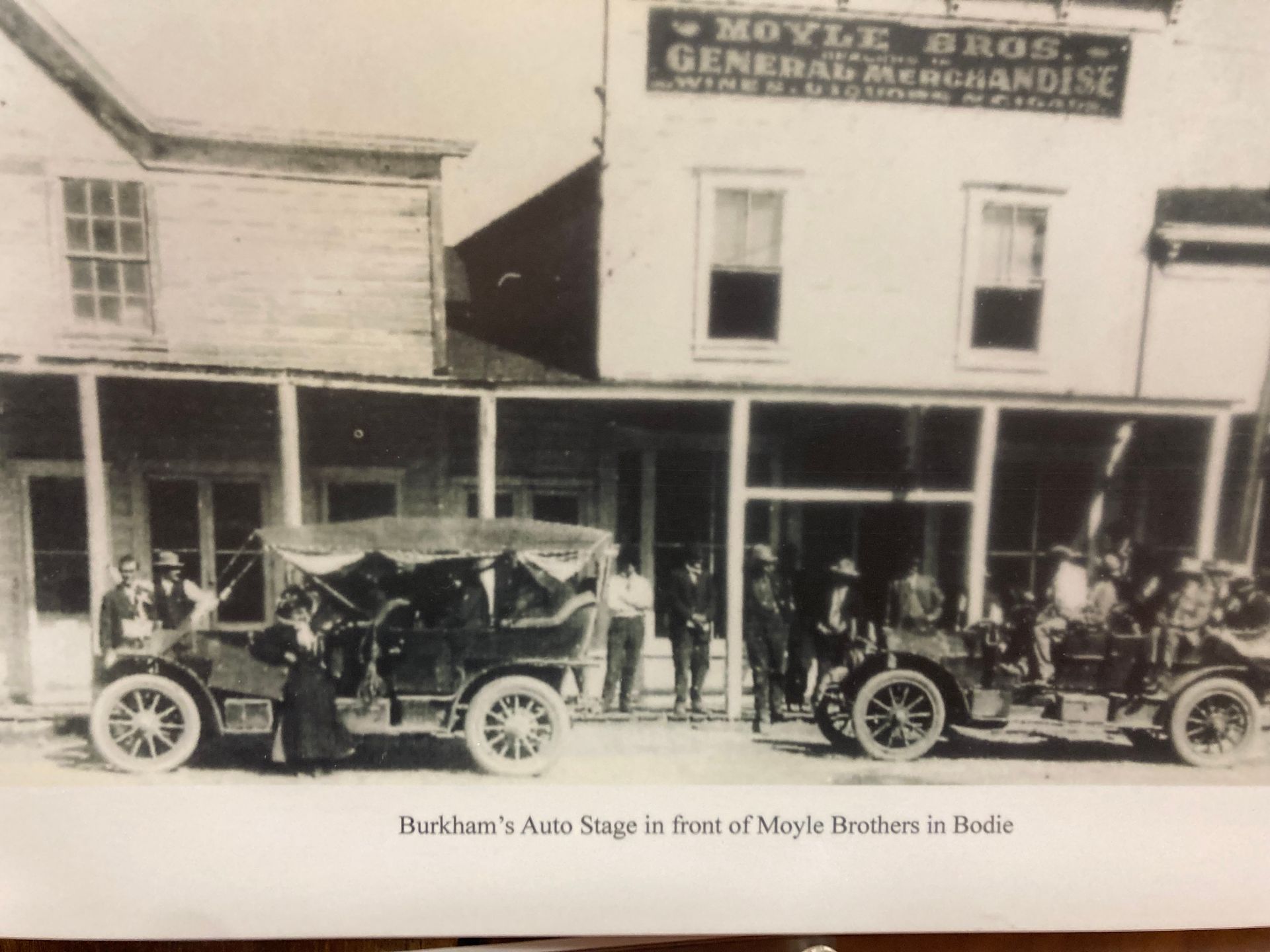
A Socialist Misadventure in Goldfield, Nevada
Prior to the creation of Mineral County, NV., it was part of Esmeralda County, NV.
Goldfield, NV. Is in present day Esmeralda County and was organized as a town in October 1903 near recently discovered gold deposits. The population of the town rose to between 15,000 and 18,000 during the boom of 1904-1905.
It was during this time period there was a series of strikes and a lockout which pitted gold miners and other laborers, represented by the Western Federation of Miners (WFM) and the Industrial Workers of the World (IWW ,aka ”Wobblies,”) against mine owners and businessmen. These events are significant because in Goldfield the IWW, up to that time gained its greatest degree of power in the labor market there.
In November 1906, the Goldfield Consolidated Mines Company was incorporated by owners George Wingfield and United States Senator George Nixon, which marked the beginning of monopoly control in Goldfield, and the start of an adversarial relationship between mine owners and the unions. A Chicago Record-Herald reporter wrote from Goldfield: "Socialism never had such a taste of the sweets of autocracy as it had in this southern Nevada mining camp, and it grew drunk with its power."
As part of their campaign against the AFL Carpenters' Union, the IWW threatened restaurants with union boycotts if they served meals to non-IWW carpenters. Most fell in line, but restaurateur Anton Silva continued to serve the AFL Carpenters, so the IWW declared a boycott against Silva, and began picketing his restaurant; business dropped drastically. When Silva confronted two pickets, Morrie Rockwood Preston and Joseph William Smith, in a threatening manner, Preston shot and killed Silva. Preston, a business agent of the IWW, pleaded self-defense, but a jury at the trial held at the Esmerelda county seat, Hawthorne, Nevada convicted him. The jury also convicted Smith, an officer of the union, for being an accomplice. The two received sentences of 25 years and 10 Preston and Smith were both members of the Industrial Workers of the World, mining company barons and business owners used the killing to discredit the burgeoning radical union movement in Goldfield. The trial has legal importance because Wingfield indirectly manipulated the jury and influenced public opinion. He paid $9,500 for the perjured testimony of two gunmen, "Diamondfield Jack" Davis and Thomas Bliss — alias "Gunplay" Maxwell — and a con artist, William Claiborne, according to a letter written by Diamondfield Jack to Gov. Tasker Oddie in 1913.
Smith was paroled in 1911 and died a pauper in Oakland in 1935. Preston was paroled in 1914 and tried in vain multiple times to win a pardon. He died in a workplace accident in Los Angeles in 1924. While in prison, Preston was nominated as a candidate for president of the United States in July 1908 by the Socialist Labor Party at its convention in New York City. Although a member of the SLP, Preston declined the nomination on the advice of his attorney, who was appealing his case to the Nevada Supreme Court. The petition for rehearing was denied.
Morrie Preston still is the only Nevadan ever nominated for U.S. president by a political party.
Governor Sparks asked President Theodore Roosevelt to send federal troops into Goldfield, writing that violence at Goldfield included "unlawful dynamiting of property, commission of felonies, threats against the lives of law-abiding citizens. US Army troops arrived from San Francisco on 7 December 1907. The mine owners immediately requested that the troops be assigned to guard the mines, but Colonel Reynolds, the commander of the Army troops, refused. He had been directed by his superiors to take orders only from Washington, not those of state or local officials, or mine owners. Reynolds been sent to put down an insurrection and had arrived to find a peaceful situation. As far as he was concerned, he and his men had no reason to be there.
This closed the uniquely Nevada socialist labor movement in Goldfield.
References:
Paul Frederick Brissenden, 1919, "The I.W.W., a study of American syndicalism," Studies in History, Economics, and Public Law, v.83, n.193.
Marion G. Scheitlin, "Goldfield under labor trust rule," reprinted in The Square Deal, March 1908, v.3 n.8 p.26
Sally Zanjani, Guy Louis Rocha,1986, Nevada Studies in History and Political Science No. 21 “The Ignoble Conspiracy”(Available at Mineral County Library)
Mineral County High School


